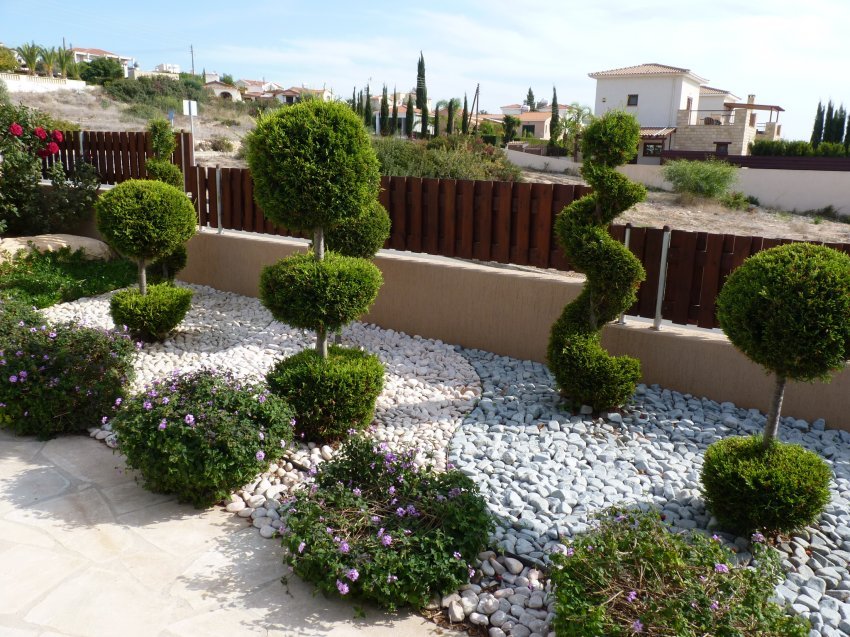Embracing natural building techniques on a 15 acre homestead offers a sustainable and harmonious way to develop your dream living space. With awareness around environmental impacts increasing, more homesteaders are turning to natural building methods that utilize locally sourced and eco-friendly materials. This approach not only reduces the carbon footprint but also creates a healthier living environment.

The Beauty of Natural Building
Natural building is more than just a construction method; it’s a philosophy that prioritizes environmental responsibility and sustainability. This approach often involves using materials like clay, straw, and wood, which are abundant and renewable, making them ideal for homesteads. The resultant structures are not only aesthetically pleasing but also durable and energy-efficient.
Benefits of Natural Building
Choosing natural building techniques for your 15 acre homestead offers numerous benefits. Firstly, it significantly reduces your reliance on non-renewable resources, fostering a sustainable lifestyle. Additionally, natural materials often have superior insulating properties, which can help maintain a comfortable indoor climate year-round, leading to reduced energy consumption and utility costs. Furthermore, these materials are often more affordable and accessible, allowing you to manage construction costs effectively.
Planning Your 15 Acre Homestead
Effective planning is crucial when embarking on a natural building project on a 15 acre homestead. Begin by assessing the landscape to understand the natural features and resources available. This evaluation will guide the placement of structures and help you decide which building materials are most suitable for your environment.
Design Considerations
When designing your homestead, consider the orientation of buildings to maximize sunlight exposure and natural heating. Incorporating passive solar design principles can enhance energy efficiency. It’s also important to think about water management by integrating rainwater harvesting systems and ensuring proper drainage around structures. Check out these design ideas for inspiration.
Key Materials for Natural Building
Several key materials are commonly used in natural building projects:
Clay and Cob
Clay and cob are traditional building materials known for their thermal mass and durability. These materials are often mixed with straw to create a sturdy and insulating wall system. They are ideal for constructing walls that regulate temperature and humidity levels, making them perfect for homesteads.
Straw Bales
Straw bales offer excellent insulation and are a renewable resource. They can be used as infill in timber-framed structures or stacked to form load-bearing walls. Straw bale construction is a popular choice among homesteaders due to its simplicity and effectiveness.
Wood
Wood is a versatile material that can be used for framing, flooring, and finishes. It’s essential to source wood sustainably, ensuring it comes from responsibly managed forests. Timber-framed structures are a common sight on homesteads due to their strength and aesthetic appeal.
Building Techniques
There are several natural building techniques to consider for your 15 acre homestead:
Post and Beam
Post and beam construction is a traditional method that uses large wooden posts and beams to form the framework of a building. This technique provides a robust structure and allows for open floor plans, making it a popular choice for homesteaders.
Earthbag Building
Earthbag building involves filling bags with earth or other natural materials and stacking them to form walls. This method is cost-effective and environmentally friendly, offering excellent thermal mass and durability.
Rammed Earth
Rammed earth construction involves compacting a damp mixture of earth into forms to create solid walls. This method is known for its thermal efficiency and beautiful natural appearance.
Challenges and Considerations
While natural building offers many benefits, there are challenges to consider. These include understanding local building codes and regulations, as well as ensuring proper weatherproofing and insulation. It’s crucial to research and plan your project thoroughly to address these challenges effectively.
Weatherproofing Techniques
To ensure the longevity of your natural building, incorporate techniques such as wide overhangs, proper drainage, and natural sealants. These measures will protect your structures from the elements and maintain their integrity over time.
Permaculture and Natural Building
Integrating permaculture principles with natural building can enhance the sustainability of your homestead. Permaculture focuses on creating ecosystems that mimic natural processes, promoting biodiversity and resilience. Consider utilizing mulching techniques and water conservation strategies to support your natural building efforts.
Creating a Sustainable Ecosystem
By combining natural building with permaculture, you can create a homestead that is self-sufficient and environmentally friendly. This approach fosters a harmonious relationship between your living space and the surrounding ecosystem.
Conclusion
Embarking on a natural building project for your 15 acre homestead is a rewarding journey that aligns with sustainable living principles. By prioritizing eco-friendly materials and methods, you can create a beautiful, functional, and environmentally responsible homestead. With careful planning and consideration, your homestead can become a model of sustainability and a sanctuary for future generations.

FAQs
What are the benefits of natural building?
Natural building offers environmental sustainability, cost-effectiveness, and improved indoor air quality. It also provides excellent insulation and reduced energy costs.
Is natural building suitable for all climates?
Yes, natural building techniques can be adapted to suit various climates by selecting appropriate materials and design approaches.
How do I start a natural building project?
Begin by researching local building codes and regulations, assessing your site, and choosing suitable materials and techniques for your climate and environment.





